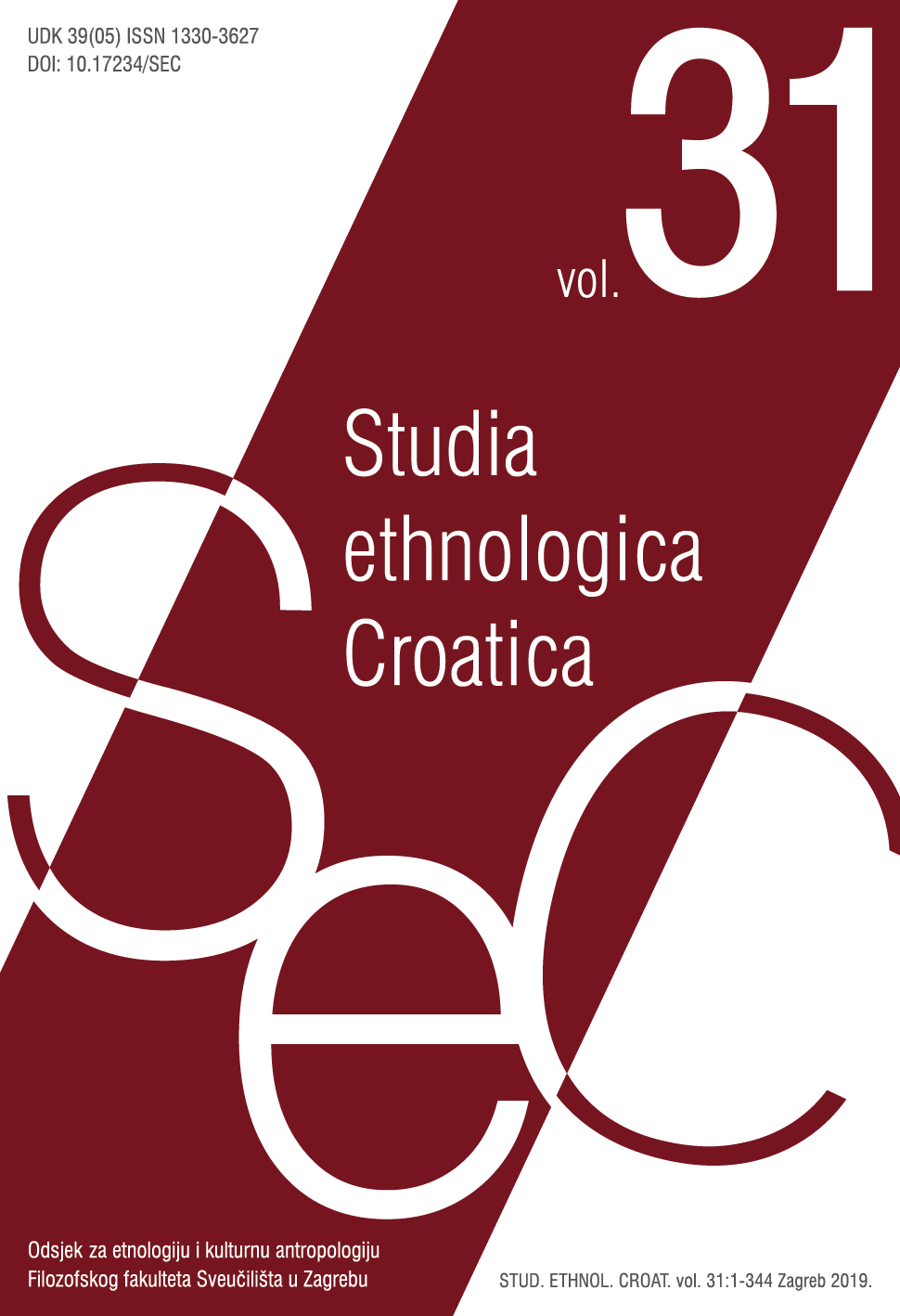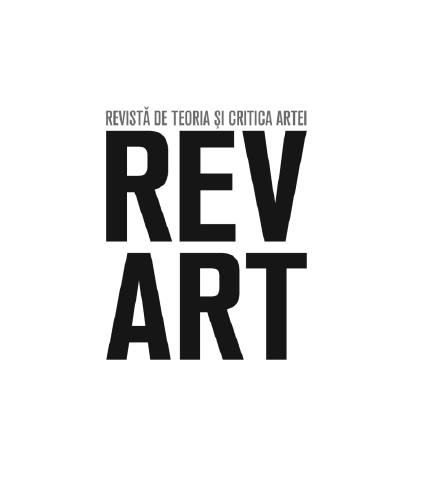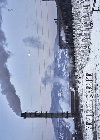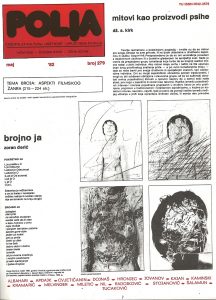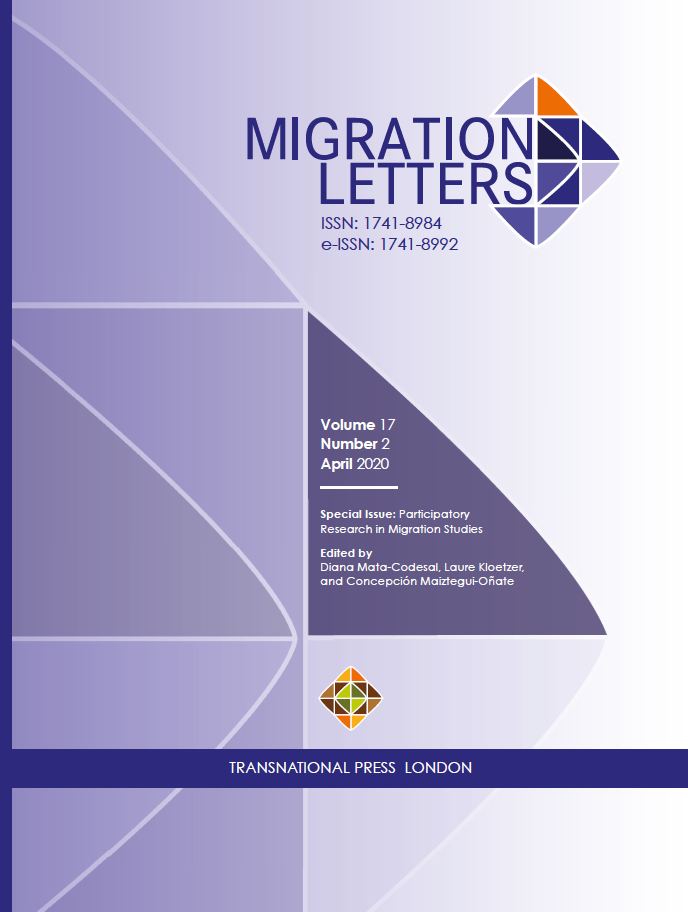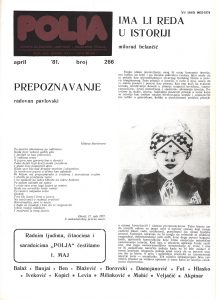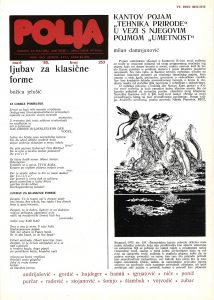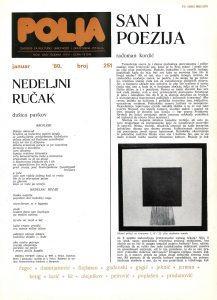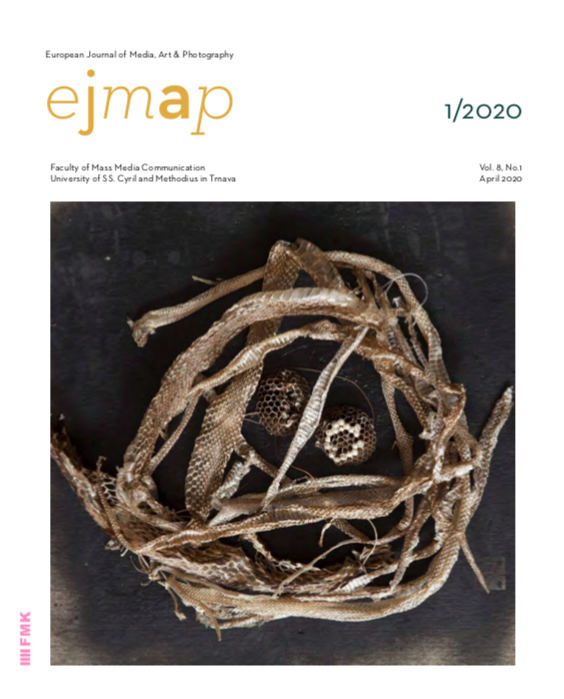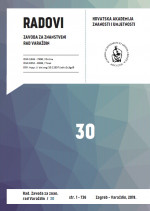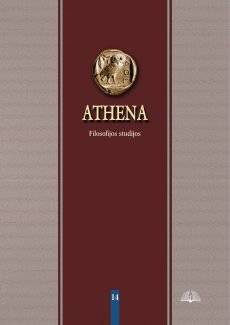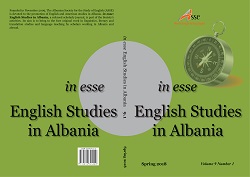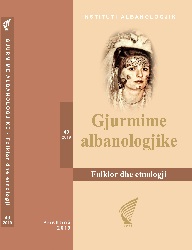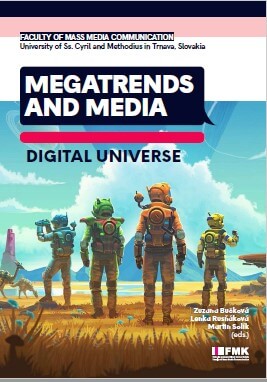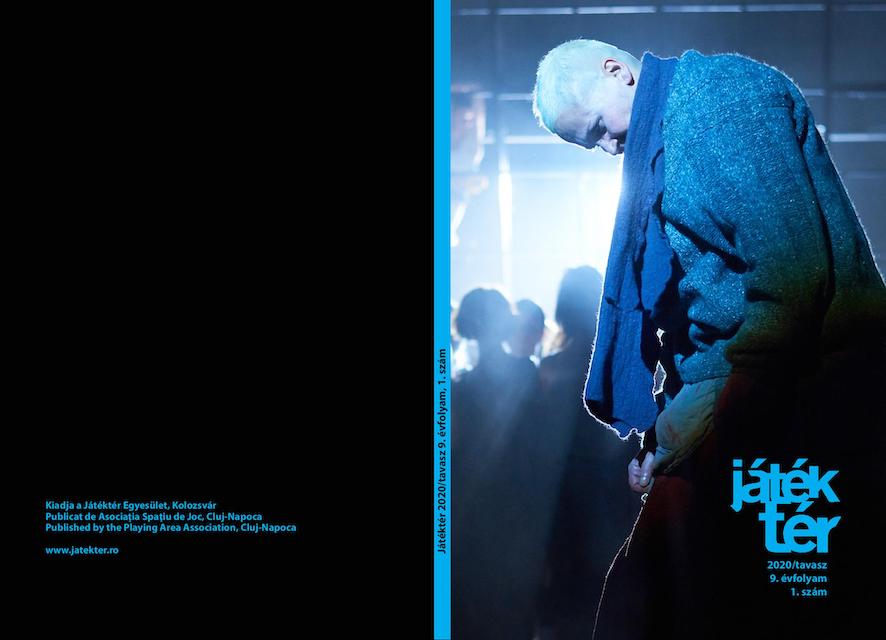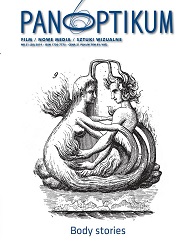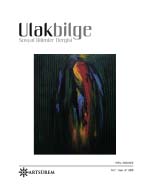
SĠNOP ĠLĠ YÖNLENDĠRME VE ĠġARETLEME TASARIMLARI ÜZERĠNE BĠR DEĞERLENDĠRME
The aim of this research is to contribute to the creation of universal designs that are suitable for the identity of the city, people's appreciation and perception levels, to facilitate the work of individuals more, to eliminate the visual pollution created by environmental graphics, to make the perspectives of private, public and local government authorities more conscious in this context. The research focused on the determination of the characteristics of orientation and marking designs discussed in informational design within the scope of environmental graph. In this context, orientation and marking designs were evaluated in Sinop City Center and evaluations were made about how these designs should be. Research is qualitative research based on interpretation. The designs were hand-picked and evaluated by the researchers in terms of graphic design in line with the data obtained from the literature survey. As a result of the evaluation, different color, typography, material, icon, size, etc.of the existing orientation designs used in Sinop city center. it has features such as. It is also thought that the use of signs together in many places creates a problem of undetection and negatively affects functionality. It was also concluded that these designs negatively affected the identity of Sinop province by creating a visual pollution.
More...
